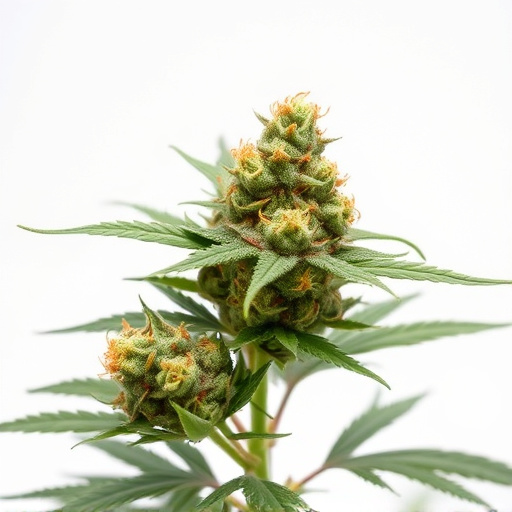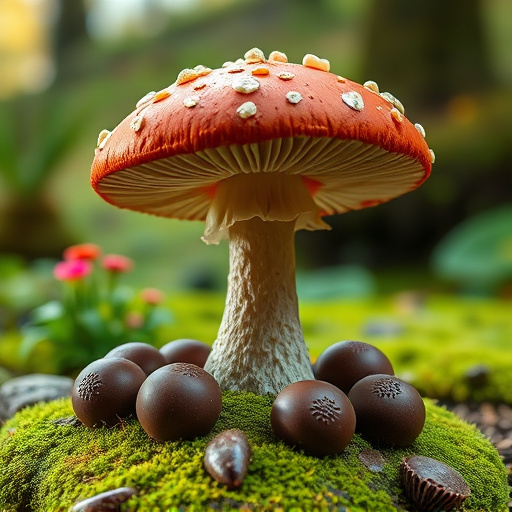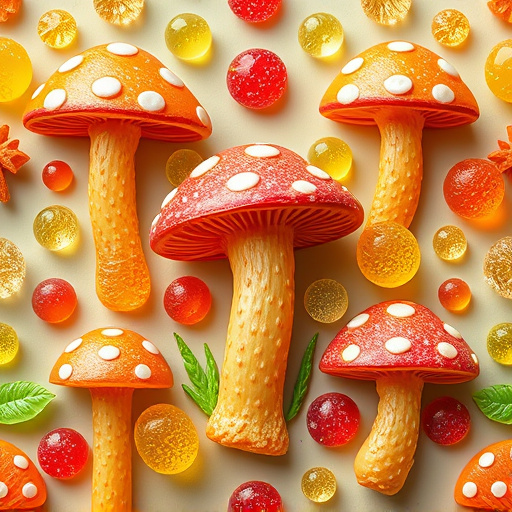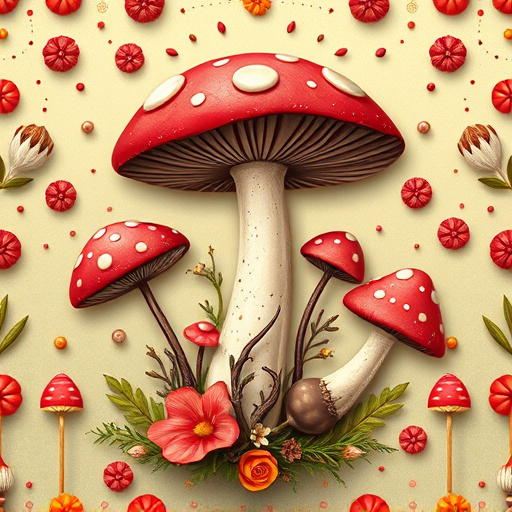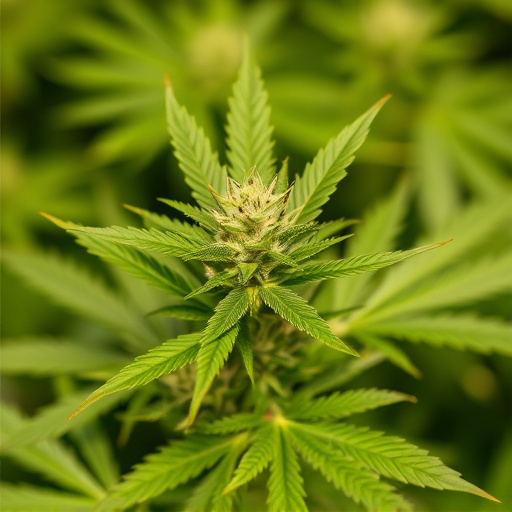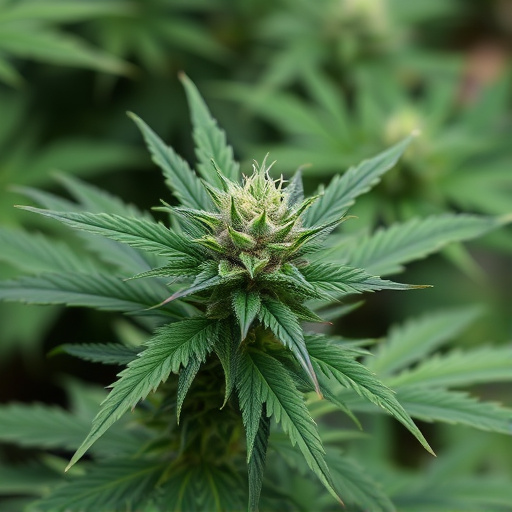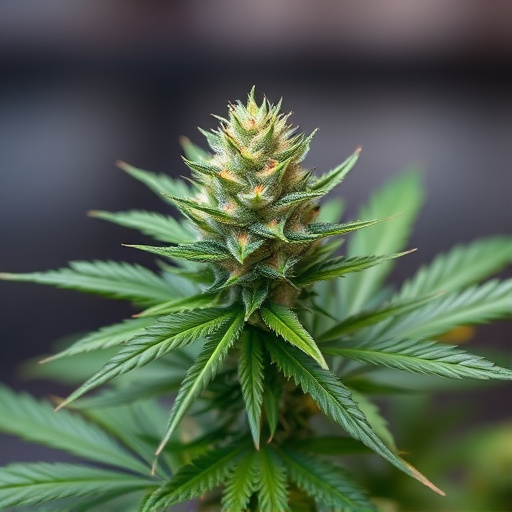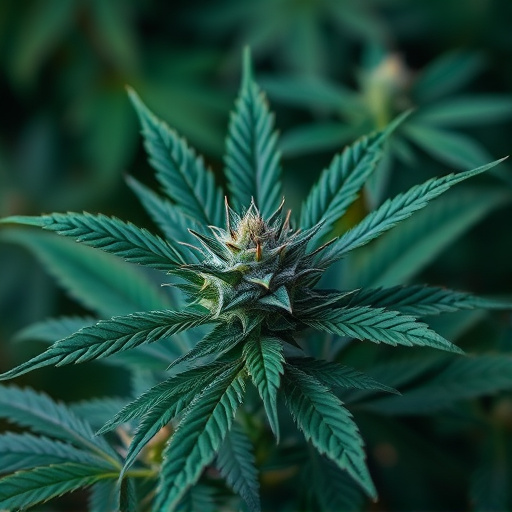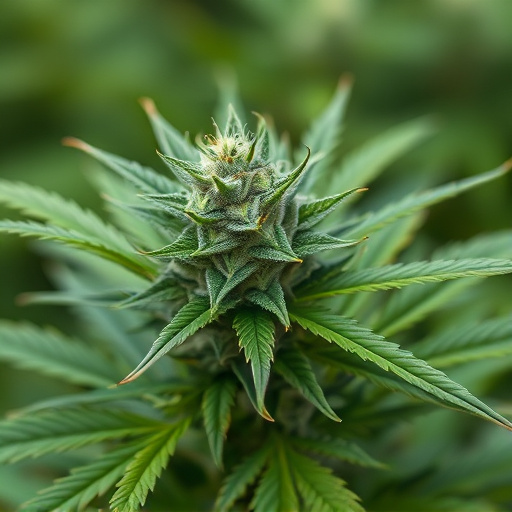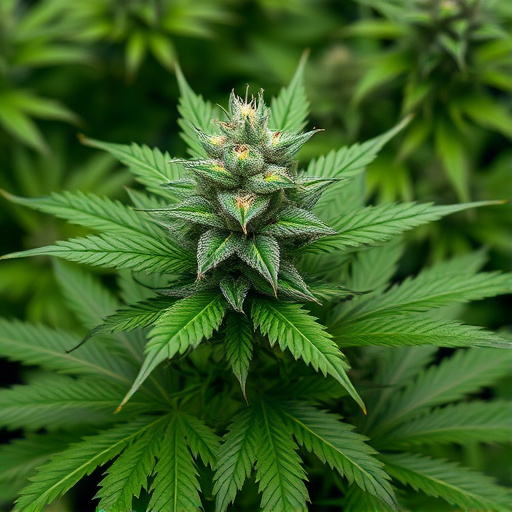Cannabis' impact on mood is influenced by its species, Cannabis sativa (Sativa) known for energizing and uplifting effects, while Cannabis indica (Indica) promotes relaxation. The balance of cannabinoids like THC and CBD in specific strains significantly affects emotional states. While both Sativa and Indica are believed to enhance happiness, subjective experiences vary based on individual factors. Responsible cannabis use requires moderation, awareness, and understanding personal limits, especially for those with mental health conditions.
Can cannabis make you happier? It’s a question that sparks debate, but with growing acceptance comes a surge in interest. This article explores the complex relationship between marijuana and mood, delving into the roles of both Cannabis sativa and Cannabis indica in mood regulation. We examine the science behind its potential to enhance happiness, considering chemical compositions and effects. Additionally, we hear from individuals who use cannabis responsibly, offering insights alongside expert considerations for a balanced perspective.
- Understanding the Role of Cannabis Sativa and Indica in Mood Regulation
- The Science Behind Cannabis and Happiness: Chemical Composition and Effects
- Exploring Personal Experiences and Considerations for Responsible Use
Understanding the Role of Cannabis Sativa and Indica in Mood Regulation
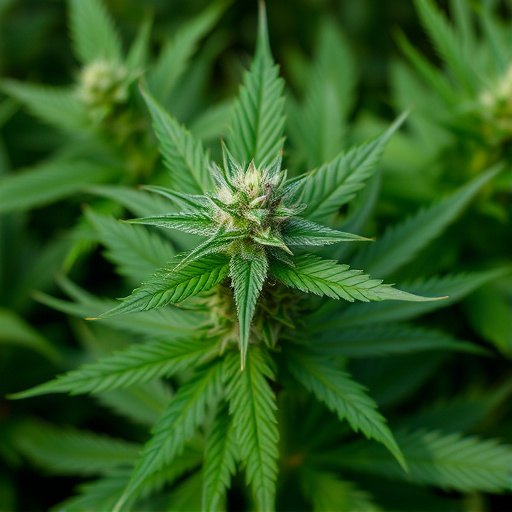
Cannabis has long been associated with its impact on mood and emotional states, leading many to wonder if it can indeed make one happier. To understand this, we must explore the different types of cannabis plants and their unique effects. Cannabis sativa and cannabis indica are two primary species, each with distinct characteristics that influence mood regulation in various ways.
Cannabis sativa is renowned for its uplifting and energizing effects, often described as a “head high.” Its ability to enhance creativity, stimulate conversation, and promote a sense of well-being makes it popular among users seeking an improvement in mood. On the other hand, cannabis indica is known for its calming and relaxing properties, commonly referreding to as a “body high.” Indica strains are often preferred by individuals looking to reduce stress, anxiety, or pain, thus creating a more serene and happy mindset. The balance between these two species and their various terpenes and cannabinoids contributes to the complex relationship between cannabis use and mood enhancement.
The Science Behind Cannabis and Happiness: Chemical Composition and Effects

The relationship between cannabis and happiness is a complex topic that has been widely discussed, especially with growing accessibility. Scientific research delves into this connection by examining the chemical composition and effects of both Cannabis sativa (hemp/high THC) and Cannabis indica (indica/higher CBD). These plants possess unique profiles of cannabinoids, terpenes, and flavonoids, each contributing to a range of physiological and psychological responses.
THC, the primary psychoactive compound in cannabis, is known to interact with the endocannabinoid system, which regulates mood, memory, and pain perception. When THC binds to cannabinoid receptors in the brain, it can induce feelings of euphoria and relaxation, potentially leading to an improved sense of well-being. On the other hand, Cannabis indica strains with higher CBD content have gained attention for their potential therapeutic effects. CBD does not produce psychoactive experiences but may counteract THC’s anxiety-inducing properties, offering a more balanced experience. This interplay between cannabinoids highlights the nuanced relationship between cannabis use and happiness, suggesting that specific strains and individual biochemistry play significant roles in shaping one’s overall emotional state.
Exploring Personal Experiences and Considerations for Responsible Use
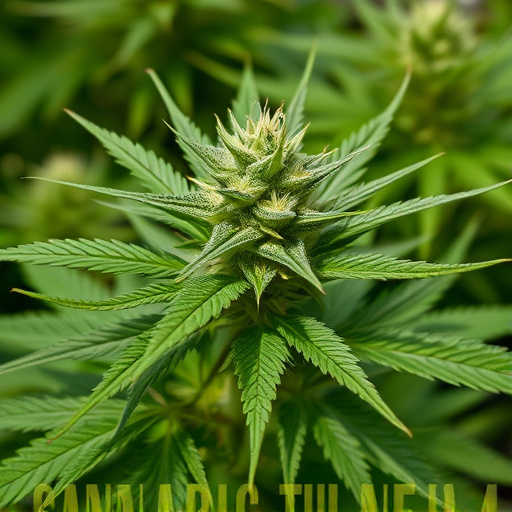
Many individuals claim that cannabis, whether from species like Cannabis sativa or Cannabis indica, has a positive impact on their mood and overall happiness. Personal experiences vary widely, with some users reporting feelings of relaxation, reduced anxiety, and heightened enjoyment. However, it’s crucial to recognize that these effects are subjective and depend on numerous factors, including an individual’s biology, tolerance, and mental health status.
For responsible use, it’s essential to approach cannabis as one would any other substance—with moderation and awareness. Consuming cannabis in social settings or engaging in activities you enjoy can enhance positive experiences. Yet, for some people, excessive or frequent use may lead to adverse effects, particularly if they have pre-existing mental health conditions. Understanding personal limits and seeking professional advice is vital to ensure a healthy relationship with cannabis.
While both cannabis sativa and cannabis indica have been linked to potential mood enhancement, their effects on happiness are complex and highly individual. The science points to specific cannabinoids like THC and CBD playing a role in regulating mood, but personal experiences vary widely. Responsible use, understanding strains, and listening to one’s body are key. Further research is needed to unlock the full potential of these plants for well-being, recognizing both their benefits and limitations.

